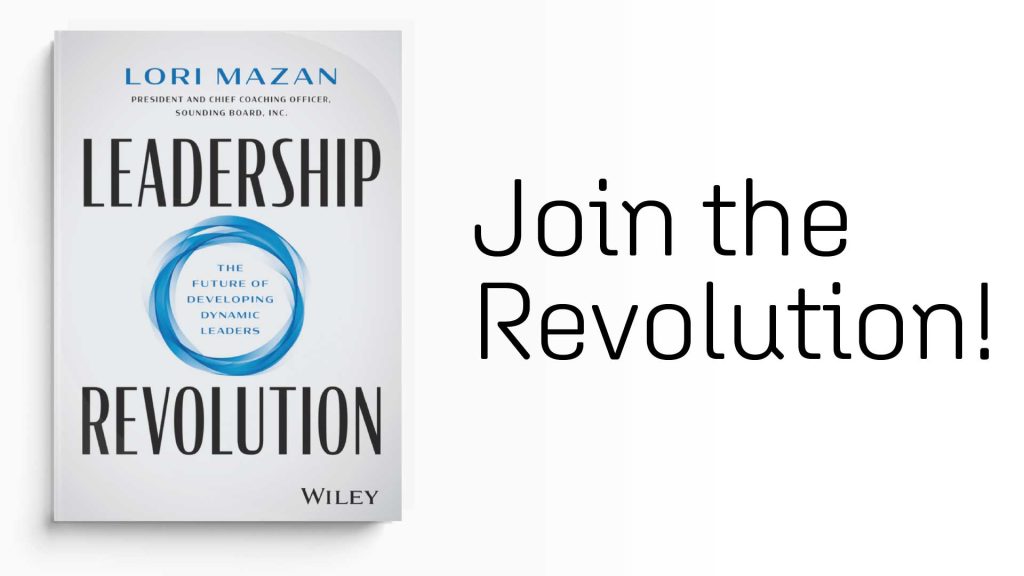As the pandemic tested the limits of the United States industry and global marketplace, not only did employees struggle, but leadership faced unprecedented challenges while grappling with changes in the workplace, where the work environs exist, and where to hone in on leadership development during instability.
Unfortunately, we’re still not in the clear. 2021 has laid out a new set of challenges for organizations: new COVID-19 variants, the Great Resignation, Hybrid work and managing employee wellness and development through it all.
As we look towards this upcoming year, organizations and leaders need to learn to manage through the change and uncertainty, not succumb to it. Earlier this year we sat down with leaders from Zoom, Xerox and United to discuss how they led through all of the challenges that 2020 and 2021 brought. We can learn a lot from these leading companies, and we should consider how we can bring our learning from these last couple of years into another year of uncertainty.
Digital Challenges Continue
Whether we are for it or against it, working remotely isn’t going anywhere. Most organizations have embraced this new reality, and have used it as a way to offer flexibility at work. However, as we continue in this virtual reality, leaders need to find ways to keep new and existing hires connected.
Managing remote or hybrid workforces has been challenging. Despite 68% of employees preferring to work remotely, things like recruitment, onboarding, performance conversations and even social interactions have taken a hit. Cheryl Smith (Director of Talent Management and Organization Capability at Xerox) recalled their HR department having to address complaints and staffing issues while having often never met the individual involved. This is also a challenge for new managers leading teams remotely for the very first time, and recent graduates that are entering the workforce without ever meeting their colleagues in person.
Although this has felt like our new normal for the last couple of years, leaders should continue to find ways of connecting with their teams remotely. Creating and maintaining a strong culture will be key here. According to Jodi Rabinowitz (Head of Talent and Org Development, Zoom) culture is “the air we breathe in the room.” She recommended that those in online workplaces be “really deliberate” about how they behave and perform online. Virtual meetings are important for maintaining office place consistency. For example, if one’s leadership style is funny, then she suggests amplifying this trait on camera for a stronger social cue.
Address Wellness and Burnout
These last couple of years have put a magnifying glass up to employee mental health. At United Airlines, Maria Taylor (Chief Learning Officer at United Airlines) said that the pandemic brought conversations about stress and wellness front and center. It allowed professionals and leaders to share resources for stress, distraction, overcoming isolation, and handling the overwhelming feelings shared by those impacted by the pandemic. As a result, their corporate culture became keen on the value of these conversations in maintaining workplace wellness.
If your organization hasn’t yet addressed the issue of burnout and wellness, it may be contributing to your lack of retention. 1 in 4 employees quit their jobs this year. Employees don’t leave organizations where they feel valued, and are being developed.
Going into 2022, organizations should continue to invest in creating capacity for their employees through hiring support, and offering flexibility and autonomy. Also, encourage managers to check in with their employees, and give them the opportunity to express how they’re feeling and where they might need help.
Invest in Soft Skills
During the early stages of the pandemic, leaders that were resilient, communicative and empathetic were better equipped to deal with all of the uncertainty. These soft skills were key when dealing with lay-offs, downsizing, transitioning to remote work and just overall confusion, stress and fear. Luckily we have come a long way since March 2020, however there is still a need to develop leaders’ soft skills.
The top reasons people leave their jobs is a bad manager, and lack of growth. Jodi Rabinowitz said that “bad managers will still be bad” whether they are online, or in the office. In fact, many corporate leaders discovered that both the positive and negative traits of leadership translated over the Internet.
When hiring or investing in leadership development, focus on soft skills such as:
- Communication
- Empathy
- Emotional Intelligence
- Leadership
- Problem Solving
- Collaboration
- Conflict Resolution
Communicate Your Plans
Today, employees expect more from their employers. As organizations make changes, shift priorities, grow and evolve, communication is going to be the most important thing you can do.
Create clarity for your team. Many companies are considering going back into the office next year; what does that mean for your employees that have moved away? Or have small children and haven’t had to find childcare? What about the ones that simply prefer working remotely and don’t want to be forced to come back in? Communicate your plans and listen to your people’s concerns when brought up.
This is not only going to allow you to be transparent, but employees will feel like they’re involved in the process. Otherwise you could lose them to organizations where they feel more heard.
Parting Shot
Organizations have faced unprecedented challenges these last couple of years. The COVID-19 pandemic and global economic downturn created chaos, uncertainty and massive disruption. If there was ever any doubt about the importance of a leader’s ability to navigate change, uncertainty, and disruption, recent events have made this necessity abundantly clear.
Leading through change and uncertainty is difficult. Providing clarity, keeping teams engaged, making decisions, leading with empathy, avoiding burnout – it can all become overwhelming, even for the most gifted leaders. Organizations need to invest in the development of their leaders, create clarity, and continue to address the digital and psychological challenges the pandemic has presented through 2022.











